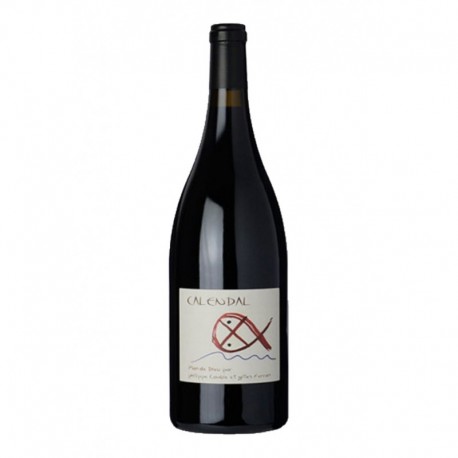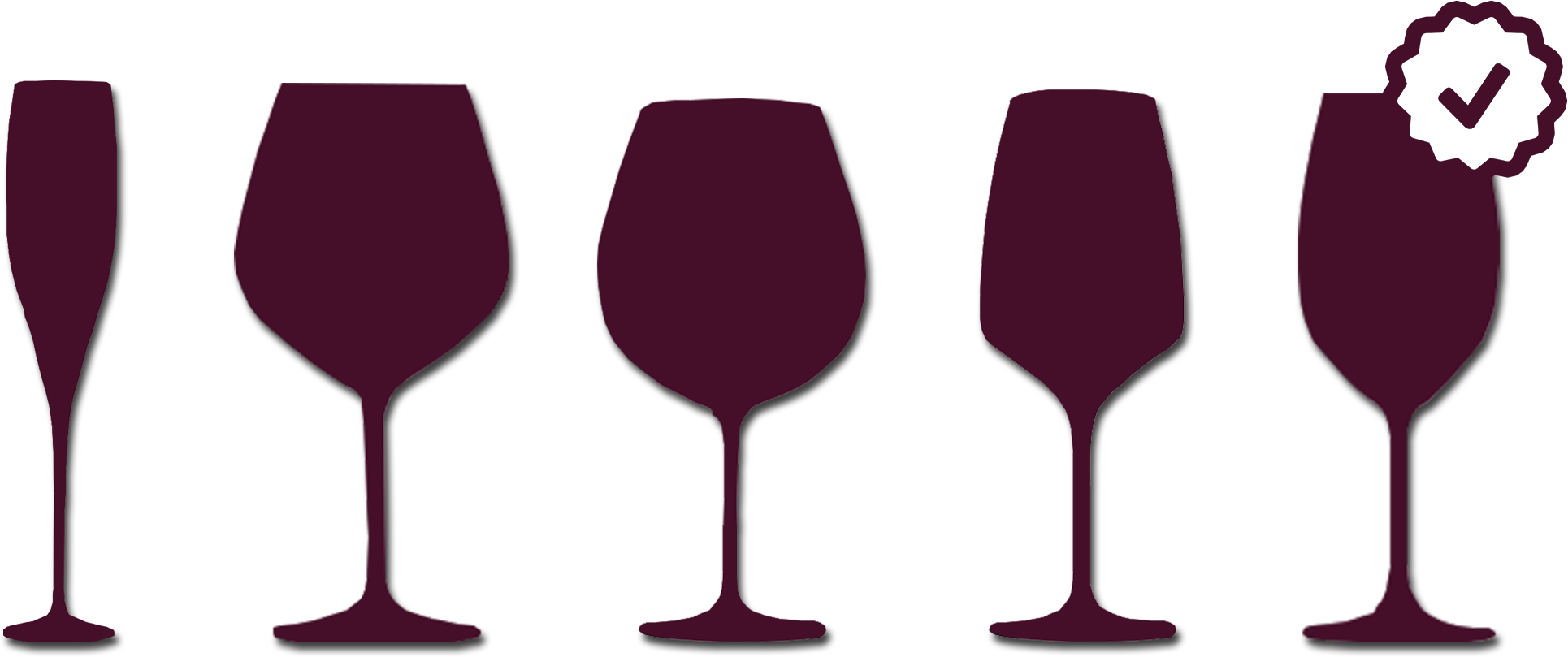No products






Côtes du Rhône Villages Plan de Dieu Calendal 2017
| Region | Rhône |
| Appellation | Côtes du Rhône |
| Producer | Calendal |
| Color | Red |
| Grape variety | Grenache, Mourvedre |
| Visual aspect | Dress red tinged with violet reflections cherry. |
| Odor characteristic | The nose is fine and graceful, one feels subtle notes of red fruit (cherry, blackberry) and spicy (black pepper, cloves) and a wooded button. |
| Taste attributes | silky texture and pleasant with a nice balance. Rich, we find the fruity and spicy flavors of the aromatic bouquet on the palate, with a nice persistence. |
| Aromas | Fruity, spicy |
| Type of terroir | alluvial terraces of Riss |
| Operating temperature | 15° |
| Aeration | Non |
| Decanting | Non |

This product is no longer in stock
A small area of 4.5 hectares was created in 2006, the de-Dieu-up, by two eminent specialists Rhone Wine Philippe Cambie and Gilles Ferran, friends since their studies in oenology at Montpellier. The pair signed wines that rarely leave indifferent.
Since 1937, the wines produced in the Rhône Valley are defined by the AOC Côtes du Rhône. Consists of several municipal and local AOC, this appellation produces red wines, dry whites and rosés and covers 42,000 hectares dotting 6 departments (Rhône, Gard, Ardèche, Vaucluse, Loire Drôme) and 171 municipalities. The total annual production of this AOC is over 2 200 000 hectoliters most of which comes from the southernmost vineyard. The vineyard has a more Mediterranean climate made of sun, warm temperatures, seasonal rains and Mistral. The main variety of red wines and rosé is Grenache (it covers at least 40% of the surface). Syrah is also needed in the southern area.
Second wine region in France after Bordeaux, the Rhone region is one of the oldest in the country. The vineyard is divided into two zones: the northern Rhone Valley and the southern Rhone valley. Other areas furthest part of the region: Vivarais Luberon, through the Diois. The Bordeaux region can produce red, white and rosé, of all kinds: dry, soft, natural and sparkling. However, the red wines are produced in this region (representing 80% of production). At the heart of the southern area is the Grenache grape that made the red wines "solar". However, the vagaries of climate forcing growers to use the assembly technique to balance their wines. Some additional varieties: Syrah, Cinsault, Mourvèdre and Carignan. For white wines, the grape varieties used are: bourboulenc, Grenache Blanc, Clairette, Roussanne, piquepoul, Maccabeo, Marsanne, Vermentino or Picardan. Rosé wines from the same grape varieties as the red wines. In the northern area, for red wines, the syrah grape variety predominates. For white wines, the grape varieties used are: Viognier, Marsanne and Roussanne. The designations are the Rhone region are numerous: Cote du Rhone, Cotes du Rhone-Villages, communal AOC (Condrieu, lirac, Côte-Rôtie, Chateauneuf du Pape, etc.) and AOC independent (luberon, ventoux, grignan les adhémar ...).

